This feature originally appeared in the July 2022 edition of Fleet News. Click here to read the article in the digital issue of the magazine.
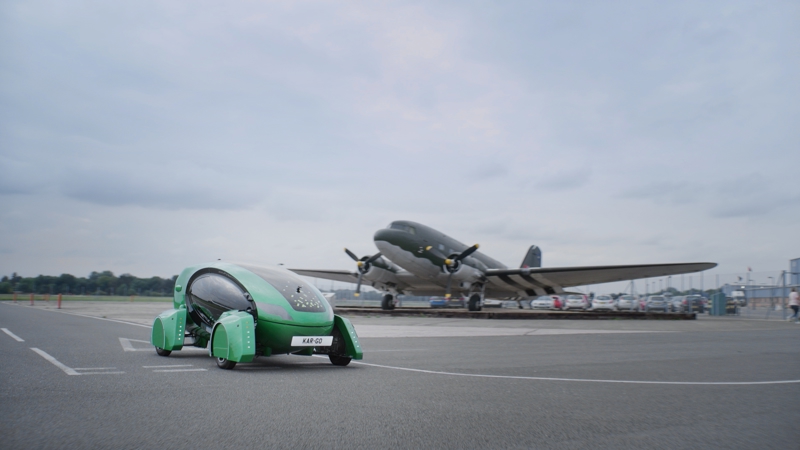
One of the popular visions for the future of self-driving vehicles is the robotaxi, an autonomous car which can be summoned on demand to give its passengers a lift to their desired destination.
However, this is unlikely to be the most practical, or useful, application of autonomous driving technology, according to one of the industry’s leading pioneers.
“I’m of the opinion that we’re probably not going to see cars carrying people autonomously any time soon,” says William Sachiti, founder of Academy of Robotics, which is developing the autonomous Kar-go delivery vehicle.
“The reason why I think this is if you ask the question: what problem is trying to be solved?
“The idea of summoning a vehicle to take you somewhere is already being done by services such as Uber, where you press a button on your phone and a driver turns up.
“No one wakes up and thinks ‘my Uber is a terrible service, I wish someone made a better system’. People, generally, quite like it. “When disruption happens, you find a part of it tends to come from someone waking up and thinking ‘I need that in my life’.
“But no one thinks they need a self-driving car. It may be ok to have and it has its advantages, but if you look at the model of any sort of ride-hailing service, I don’t think Lyft or Uber have been profitable on an annualised basis yet.
“So the model you want to replace doesn’t actually make any money. So why are you doing it?”
Instead, Sachiti feels the more immediate future for self-driving technology will be in moving goods from A to B and people along set routes (see below) with services such as shuttles.
He says an example of how it can be used to transport goods is the work Academy of Robotics is doing at RAF Brize Norton, the UK’s biggest airbase at around 1,000 acres.
Solving issues
“The issue they were trying to solve is that they’ve got highly-skilled personnel who need to send stuff across from one side of the base to another,” adds Sachiti.
“It takes 20 to 30 minutes to get there, and another 20 or 30 to get back, so you end up with highly skilled personnel spending time running errands. What we did was to get our car to do these trips instead.
“In these types of circumstances, automation is easy for logistics as the vehicle goes on the same route over and over.
“Even if it’s 30 or 50 routes, they’re still the same routes, so it’s much easier than having to deal with new surroundings and why implementations of moving things from A to B makes sense.”
Sachiti says the direction that legislation and technology for self-driving vehicles is being developed also points more towards fixed routes and transporting goods than robotaxis.
There are plenty of other examples of real-world trials in the UK of how autonomous driving technology can be used to transport cargo.
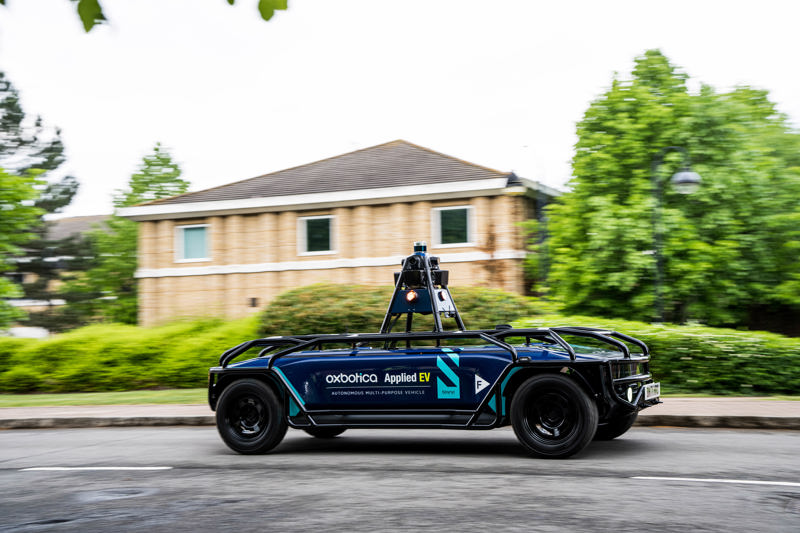
Oxbotica has recently completed the deployment of a zero-occupancy fully-autonomous vehicle on public roads in Oxford – the first of its kind in Europe – as part of a collaboration with AppliedEV.
The project sees Oxbotica integrate its autonomous vehicle software with AppliedEV’s programmable and configurable electric vehicle
(EV) platform.
The platform is configurable for specific applications such as logistics or industrial, and is offered with all-wheel drive in either off-road or on-road specifications.
It uses a combination of radar vision and laser-based sensors to provide the vehicle with an understanding of its surroundings, with multiple artificial intelligence (AI) applications continuously checking and explaining decisions.
“This Europe-first trial positions the UK as the number one destination for autonomous vehicle development and leapfrogs us towards commercialisation and the subsequent economic benefits in this hyper-growth technology category,” says Gavin Jackson, CEO of Oxbotica.
“Our zero-occupancy, all-electric, fully-autonomous prototype is exactly the new-type vehicle that will form the mainstay of the transportation industry for decades to come.”
Industrial logistics and goods deliveries will bethe first industries targeted for deployment – Ocado Group aims to use the vehicle from 2023 – with continued growth expected in further industries as the number of vehicles produced increases.
The trial in Oxford follows two years of extensive trials by Oxbotica to define its robust safety case and develop its system architecture, in both off- and on-road operations across the UK, Europe and North America.
Rise of the robots
Another example of how autonomous technology is being used in the UK to deliver goods comes from the Co-op, which began using Starship Technologies’ robots for groceries and packages locally in Milton Keynes in 2018.
It has since expanded the service to Northampton and – in May – to Cambridge.
“The move also supports Cambridgeshire County Council’s environmental agenda which includes a focus on reducing short car journeys and improving air quality,” says a Co-op spokesman.
This use of smaller, autonomous vehicles to deliver items straight from shops to local destinations will mark a return to neighbourhood centric shopping, says Holly Watson Nall, lead product development engineer at autonomous vehicle developer StreetDrone.
“Hyperlocal deliveries essentially means you don’t need large-scale distribution centres. You can operate in a really local area in around a three kilometre (1.8 miles) radius and it also enables stores to pick and pack at a store and deliver to locals,” she adds.
StreetDrone is developing a small, electric autonomous vehicle called Pix-E, which has a top speed of 20mph and eight secure lockers to carry goods in. It aims to deploy the vehicle on UK roads by the end of 2023.
StreetDrone estimates that, with research showing home deliveries are set to double by 2030, clean, electric driverless technology such at Pix-E has the potential to remove up to two billion car journeys dedicated to shopping from UK roads every year and remove up to seven million tonnes of CO2 emissions from the atmosphere.
High Street retailer Wilko last year announced a £3 million investment in StreetDrone.
Wilko CEO Jerome Saint-Marc says: “This form of technology will allow small independents to compete on a level playing field with large online retailers by reducing the cost of home delivery and giving communities more ways to access their neighbourhood shops.
“But, critically as the volume of doorstep deliveries increases, it is incumbent on everyone to design solutions that enhance, not detract, from our neighbourhoods.”
StreetDrone is also developing autonomous technologies to use in industrial logistics, delivering goods in environments such as ports, freight yards and manufacturing facilities.
One of the projects it is working on is at Nissan’s Sunderland plant. StreetDrone is one of the automation partners operating driverless yard tractors that move containers of vehicle parts from delivery warehouses to assembly lines.
The company says the repetitive driving of articulated goods vehicles along an arterial route on the site is managed by robots that are a useful substitute for scarce truck drivers.
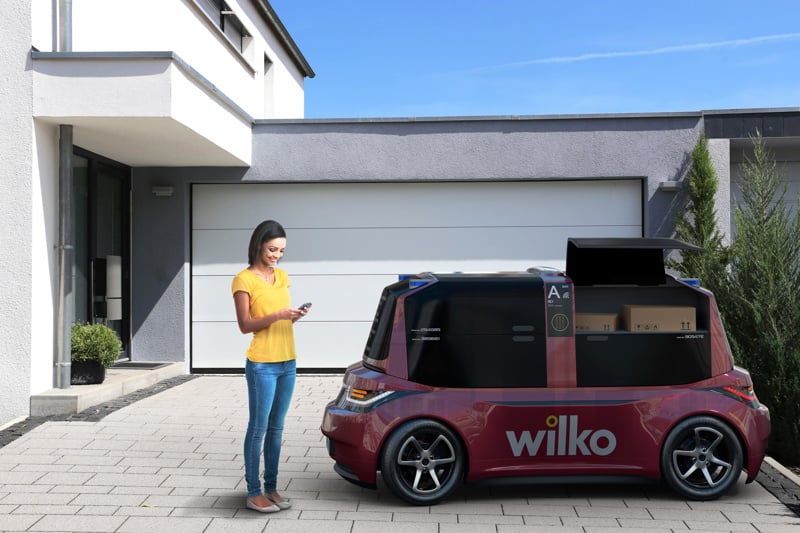
Wider applications
Self-driving vehicle technology will also be used in many other applications, says Sachiti.
“Making a car drive itself is no different to making robots navigate around supermarkets or a hospital,” he says.“I think you’ll find more autonomy will be used in places where there is a need, and I don’t see us at home needing an autonomous vehicle to take us to work.”
Autonomous technology is already used in a number of industrial areas, such as mines and warehouses and Ocado is one of the companies looking at how its can be used in other applications.
“We spend a vast amount of effort moving groceries around from the warehouses through to customers,” says Alex Harvey, chief of advanced technology at Ocado Technology.
“There’s a huge opportunity for us with automation in our logistics operation, not only in terms of reducing costs, but also improving the proposition and providing even tighter timescales for delivery.
“All the way through the Ocado corporation, we heavily leverage automation, from receipt of the goods from a supply chain all the way through the warehouse to the last mile delivery and the last metre delivery through to a customer’s doorstep.
“The warehouses need robots with autonomous mobility to allow them to move in unstructured environments.”
Ocado is also looking at how the technology could be used to deliver groceries to people’s doors, not just to the street outside.
“When it comes to moving people, they’re happy to come out of the door and get into a vehicle,” says Harvey. “When it comes to groceries – and the average grocery basket has 50-plus items, chilled, ambient and frozen – we have to maintain the quality of the goods all the way through to the customer’s doorstep.
“Now, my totemic example is a frail old granny at the top of a block of flats.
“It is unacceptable to ask her to walk down several times to pick up 10 bags, so we need to be able to develop robotic systems that, ultimately, can deal with the unstructured environment after getting out of the vehicle and being able to go to someone’s doorstep whether it be navigating drives, parked cars, pets, children, toys or your neighbours, whatever it is.”
Mobility concept
Ocado is not alone in wanting to adopt autonomous technology in non-vehicle applications. Earlier this year Hyundai unveiled its future mobility concept, which included autonomous vehicle technology.
This revolved around the development of two modular platforms which could be attached to a variety of objects to enable them to move autonomously.
These included passenger pods to transport people, as well as industrial applications such as autonomously moving luggage around in hotels, as well as other usually inanimate objects.
“From small tables to larger containers, our platforms make mobility extremely expandable,” says Dong Jin Hyun, vice-president and head of robotics at Hyundai Lab.
“It’s this ability that makes configuring spaces on demand possible. This includes living spaces, workplaces and even retail areas.
“Consider the example of business sharing office space: different businesses may need to change the layout of an office to suit them: the use of our Plug & Drive modular platform can move the fixtures and furniture for them.
“In the world to come, you won’t move your things, they will move around you. It’s this ability that makes changing configuring spaces on demand possible.”
Sachiti adds: “Self-driving car tech will be piggybacked to bring us many more things, just like the smartphone brought us all the great apps we love today such as Uber, Airbnb, Facebook and Instagram – it’s all because of smartphones.
“Self-driving car tech will change our lives, not so much self-driving cars.”
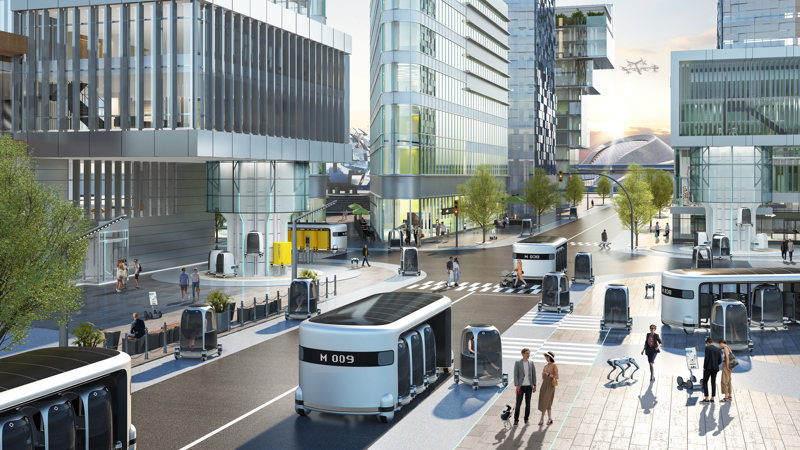
Expect to see increase in autonomous shuttles in near future
Autonomous shuttles carrying passengers on predetermined routes could become a common sight in cities in the future, says William Sachiti, of Academy of Robots.
“If you look at London, for example, the legislation is changing and speed limits are all becoming 20mph, so cars are being slowed down,” he adds.
“The next step you are going to get is dedicated lanes for autonomous vehicles (AVs) – similar to bus lanes – and these will be used by shuttles that can do specific routes: imagine a tube route overground, but with a shuttle you can jump into.
“Within about three years, you will start to see more of these shuttles implemented in small clusters. Certain towns or regions will have AV-only lanes, and then you might find that extends to an A-road where one lane is AV-only.
“I think that is how it will spread. It will take up to 10 or 15 years to see AVs everywhere, but it will be pockets of progress as opposed to everywhere blanket.”
Overground autonomous mass transit trials are already running in the UK, with the CAVForth pilot service taking place in Scotland later his summer.
Run by Stagecoach, in partnership with Fusion Process, Alexander Dennis and Transport Scotland, this will see five single-deck
autonomous buses operating over the Forth Road Bridge between Ferrytoll park and ride in Fife and the Edinburgh Park rain and tram interchange.
The buses are fitted with CAVstar, Fusion Processing’s sensor and control technology that enables them to run on preselected roads without the safety driver having to take control.
Once operational, the buses will provide a service capable of carrying up to 36 passengers over the 14 miles across the bridge, with capacity for more than 10,000 passengers a week.





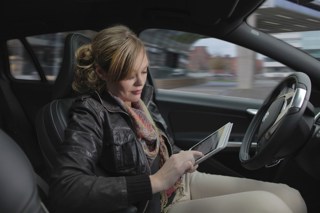
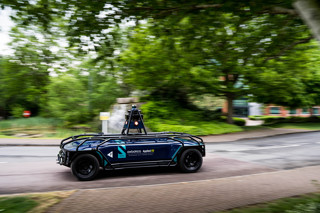


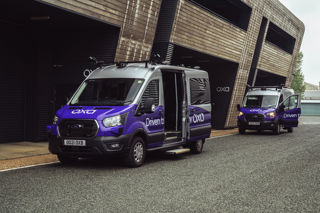











Login to comment
Comments
No comments have been made yet.